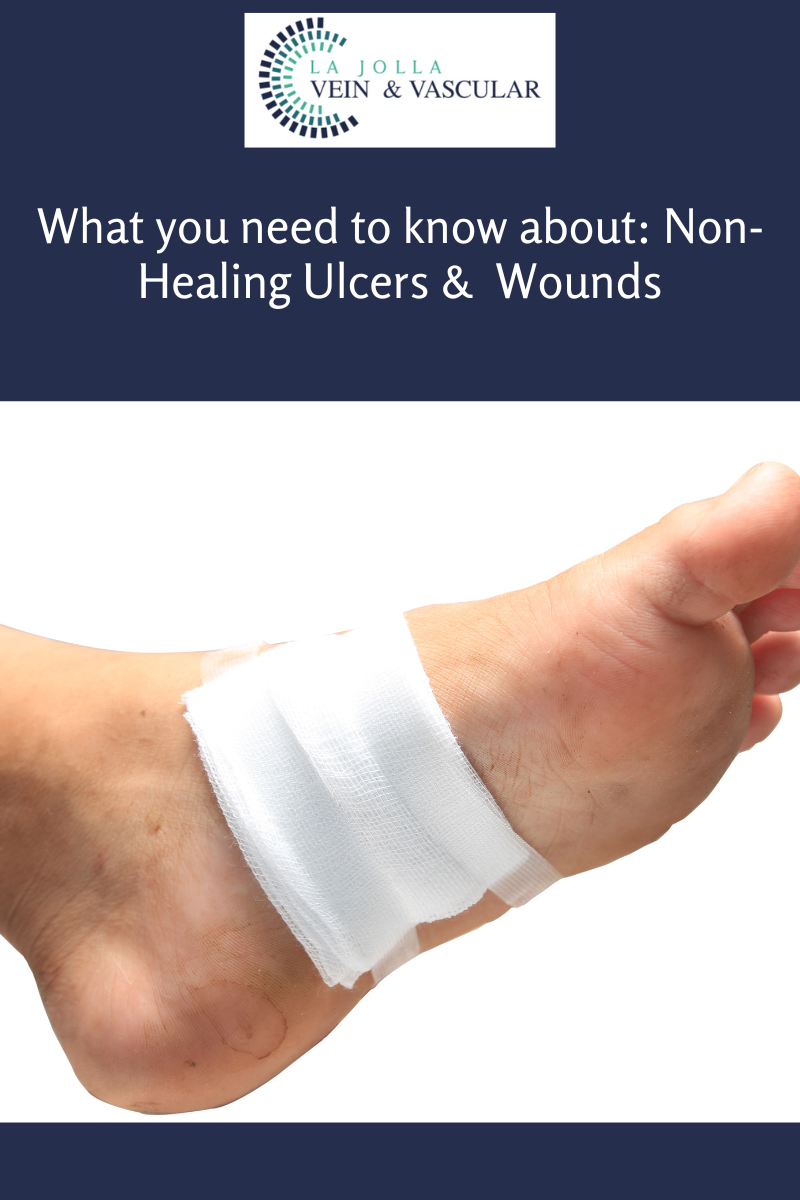The cause of Uterine Fibroids
LJVascular2022-08-18T16:47:51-07:00What Causes Uterine Fibroids?
While the science is not completely settled on what exactly causes or is behind the formation of uterine fibroids in human beings, there are certain factors that researchers believe play significant roles in triggering their growth or development.












